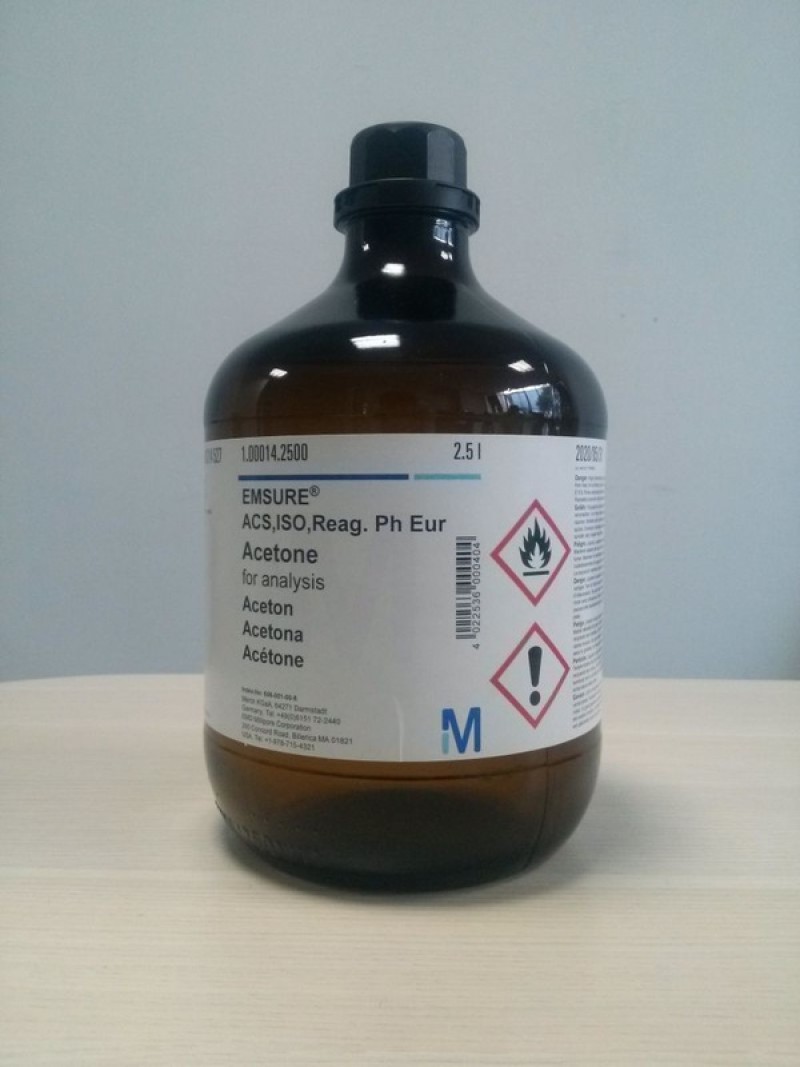
Price :
৳6500
৳7000
Estimated Shipping Time: Deliveries take up to 3-5 days after you place your order.
Uses: Lab Essentials
Product SKU: 22m8673zy1
If you'd like to know more about this chemical or need any analysis
report regarding this chemical then contact us support@echem.com.bd
|
CAS number |
67-64-1 |
|
EC index number |
606-001-00-8 |
|
EC number |
200-662-2 |
|
Grade |
ACS,ISO,Reag.
Ph Eur |
|
Hill Formula |
C₃H₆O |
|
Chemical formula |
CH₃COCH₃ |
|
Molar Mass |
58.08 g/mol |
|
HS Code |
2914 11 00 |
|
Quality Level |
MQ300 |
|
Boiling point |
56.2 °C (1013 hPa) |
|
Density |
0.79 g/cm3
(20 °C) |
|
Explosion limit |
2.6 - 12.8 %(V) |
|
Flash point |
-17.0 °C |
|
Ignition temperature |
465 °C DIN 51794 |
|
Melting Point |
-94.0 °C |
|
pH value |
5 - 6 (395 g/l, H₂O, 20 °C) |
|
Vapor pressure |
533.3 hPa
(39.5 °C) |
|
Water absorption |
1000 g/kg |
No Review Found.
Login To Comment